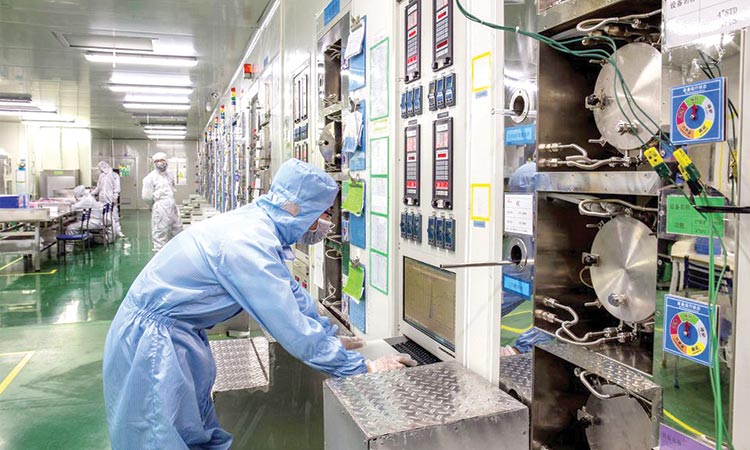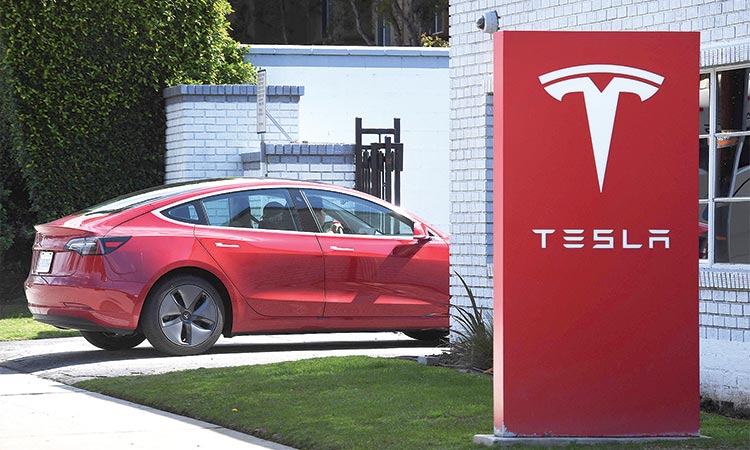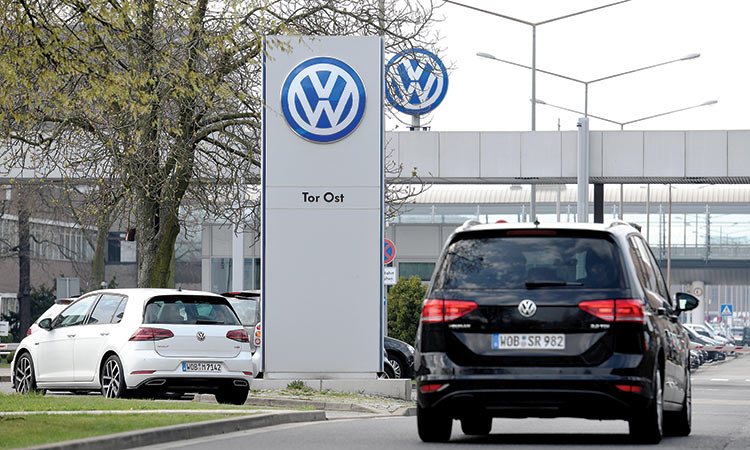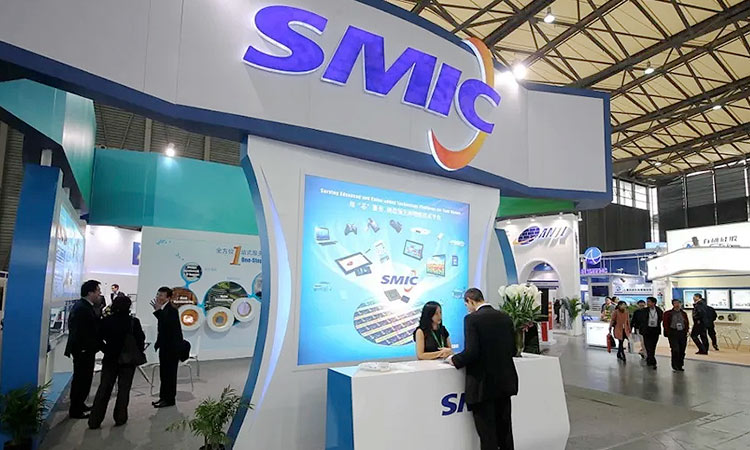China’s multi-prong economic revival plan
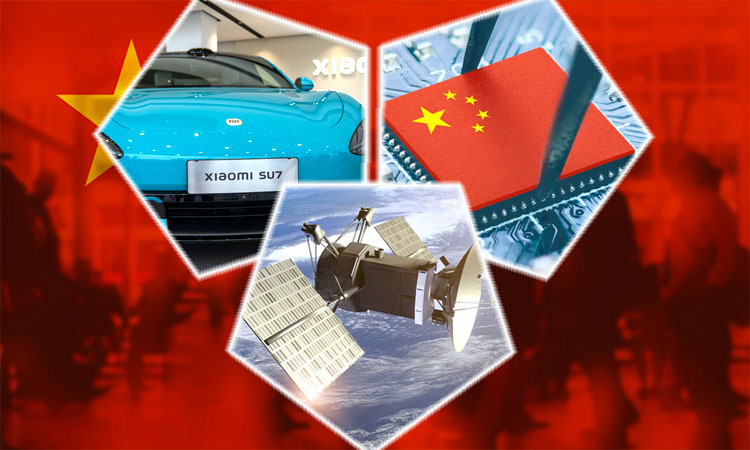
Illustrative image.
China’s economy has been facing choppy weather of sorts since the Covid-19 interruption. The pandemic’s after-effects lingered longer in China through 2022. But it seems there are signs of recovery and there is a determined strategy to chart growth as it were. China’s President Xi Jinping has set the ball rolling by talking of shifting to strategic productive sectors to get back to high growth. There has been much talk that China is on the decline after nearly 40 years of sustained growth, which had catapulted the second largest populous country into the second largest economy after the United States. Xiaomi, the smart phone-maker, has announced its electric vehicle (EV). Xiaomi CEO Lei Jun had announced on Monday that SU7, Speed Ultra 7, (priced at $69, 424) will be the “best looking, easiest to drive and smartest car” that will prove to be better than American EV-maker Tesla’s electric cars and Porsche’s EVs. And it aims to be among the top five manufacturers of electric cars.
The interesting thing is that the new entrants into the EV manufacturing sector are coming from outside the traditional automakers. Elon Musk’s Tesla is itself a new entrant. In China, apart from Xiaomi, Huawei, the telecom giant, is also entering the EV manufacturing market. The reason seems to be that China, unlike the United States, Japan and other countries does not have an entrenched and established auto industry. And this means that it does not have to shift gears from the fuel-run automobiles to the electric ones. Also China is the largest manufacturer and consumer of electric cars. It enjoys the advantage of starting as a newcomer, both in terms of car manufacturing and car-ownership. China’s telecom giant Huawei and search engine Baidu are also getting into the EV manufacturing.
But China’s aggressive market approach is not confined to electric cars. It is also flexing its muscles in the semiconductor industry, where the US dominated the world market. But China as the largest consumer of chips is adopting the policy of reducing its dependence on exports from the US. The market shares of American giant chipmakers, Intel and Advanced Micro Devices (AMD) fell by two per cent on reports that China would limit the use of the chips of these companies in government computers. It could lead to a loss of billions of dollars of American chip exports to China. Western news agency Reuters cited a Financial Times report that said the Chinese government has adopted a policy of phasing out foreign chips. It is also in the process of replacing Microsoft’s Windows. Many of American business analysts have been arguing that President Joe Biden’s policy of placing controls on exports of AI chips to China could be counter-productive, and that the policy could hurt American semiconductor industry.
American business magazine Forbes had pointed out that whenever China was denied technology, it has developed its own resources. When Russia had refused to share with it the nuclear technology behind the making of the atomic bomb, China developed its own competence in the field. And it did the same in the field of satellites when the Americans refused to share technology. It has been pointed out that China has more than 500 satellites in orbit today. And this is likely to be replicated in the field of semiconductor industry as well.
Even as the International Monetary Fund (IMF) is telling China that it must abandon its old ways of the last 40 years if China wants to sustain economic growth, and that it must innovate. China is already in the process of going into new thrust areas. And the predictions that China might fall off the map of the leading global economies is likely to be disproved.
